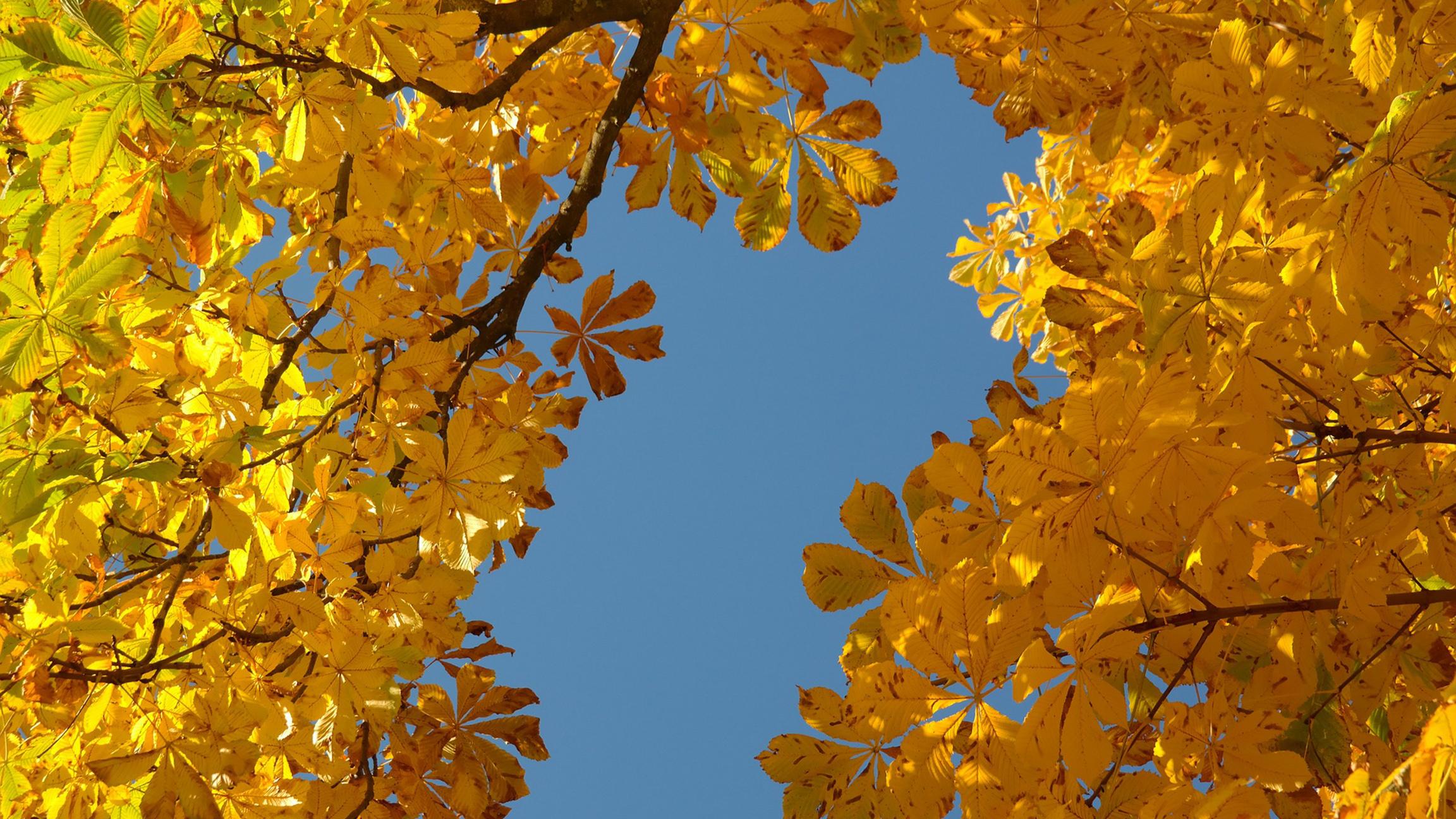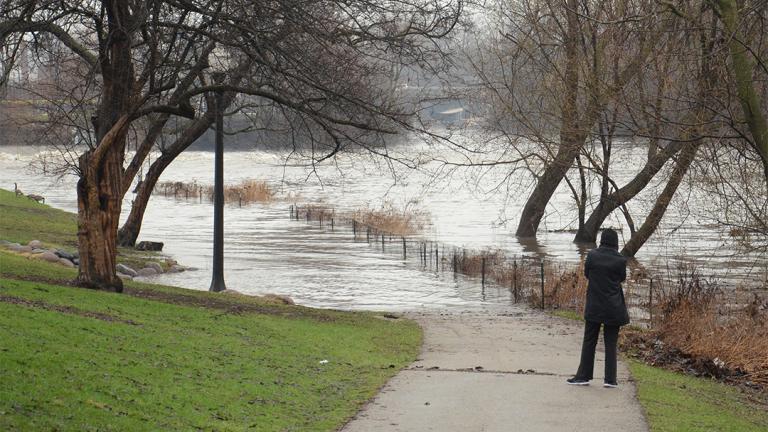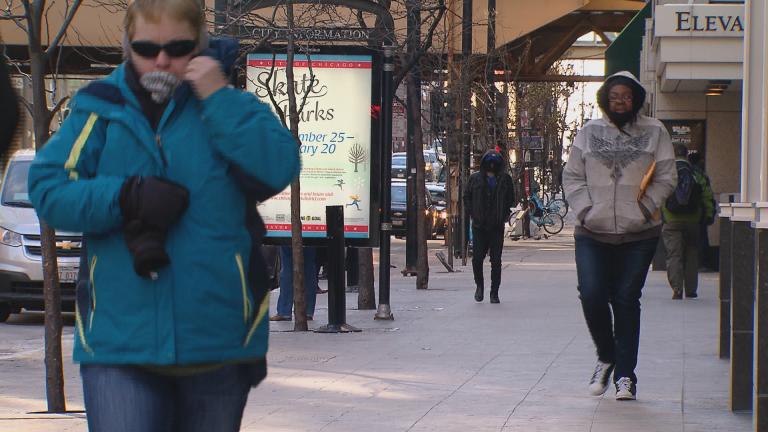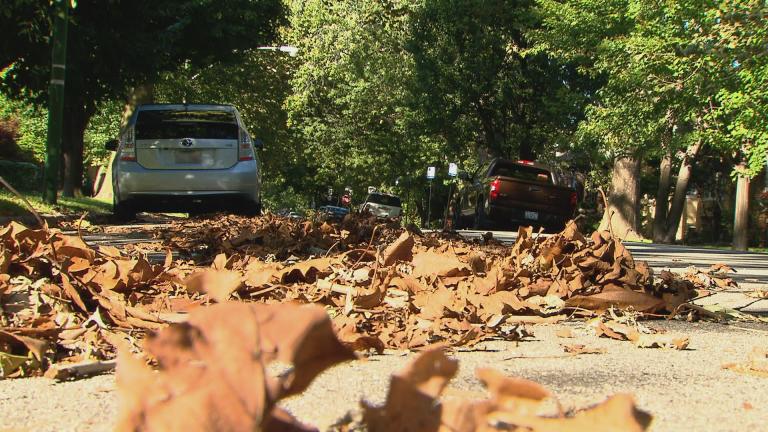Fall is not just about pumpkin spice lattes and apple picking. The change of seasons brings with it changes in the world around us. But if it’s been a few years since your last science class, you might struggle to remember why some trees have been reluctant to give up their green, why the kicker you picked for your fantasy football team had such a lousy week, our why everything you touch seems to give you a shock of static electricity.
Dr. Olivia Castellini of the Museum of Science and Industry has the answers.
Let’s start with the trees. Chlorophyll (remember chlorophyll … from biology class?) gives leaves their glorious green color and helps them convert sunlight into food.
“In the winter, the trees go dormant, so they don’t need to produce as much food,” Castellini said. “That chlorophyll starts to break down, and as it breaks down, that’s why the colors change from that beautiful green to these wonderful reds and golds that we see through the fall colors season.”

OK, but why are so many trees this year still green?
“The trees don’t get their cue to go dormant if it stays warmer longer,” Castellini said. “That’s why we see sort of a delayed start in the fall colors, especially this year because we’ve had such a warm fall up to this point.”
As for the effect of fall weather on football, Castellini asks you to cast your mind back to high school physics. In case you spent less time listening and more time writing “Mrs. Zack Morris” on your notebook, the equation you need to think about is PV=nRT.
“[In] the equation PV=nRT, the relationship between pressure and volume are directly related to the temperature. When the temperatures plummet, the pressure and the volume of the football can be affected. When the pressure goes down in a football, basically it’s more squishy,” Castellini said. “It’s not going to react quite the same way as if it was fully inflated. Kicks don’t tend to go quite as long when the ball is a little bit softer in the cold temperatures.”
And it’s not just the football itself that’s affected – it’s the players, too.
“The natural response when we’re faced with cold temperatures is for your body to start changing how the blood flows, so it protects your vital organs like your heart,” Castellini said. “You don’t get as much blood flow to your extremities, so that can certainly affect an athlete’s grip on the ball, as well as their reaction rate. They may not be able to react to a play quite as quickly, or to reach out and catch a ball as quickly as they could at warmer temperatures.”
Castellini joins Chicago Tonight for a conversation about the science of autumn.
Related stories:
 Tips for Conserving Water to Prevent Flooding in Chicago
Tips for Conserving Water to Prevent Flooding in Chicago
Oct. 26: There are more soggy days ahead. Find out how you can help ease the burden on the Chicago River and reduce the risk of flooding.
 Chicago Winter Could Be Mild, Wet … or Neither
Chicago Winter Could Be Mild, Wet … or Neither
Oct. 24: Weather forecasts say Chicago might see a third straight mild winter. Will that prediction pan out?
 Where Does Chicago’s Yard Waste Go?
Where Does Chicago’s Yard Waste Go?
Oct. 16: Many Illinois residents are unaware of a 1990 state law making it illegal to mix lawn waste with household garbage. WBEZ reporter Monica Eng has the dirt on Chicago’s yard waste disposal program.


